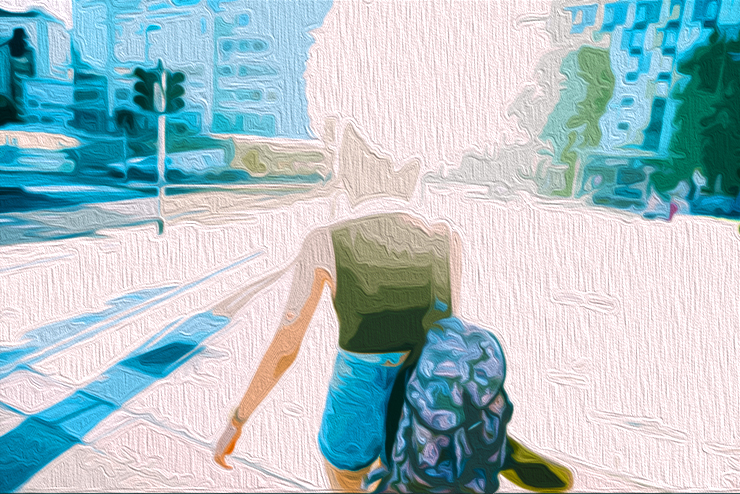Discover the Demilitarized Zone (DMZ), a heavily guarded border that separates North Korea and South Korea. This zone was established after the Korean War and is monitored by North Korean and South Korean soldiers, as well as United Nations Command forces. Despite its intense security measures, the DMZ also serves as a unique tourist attraction.
The History of the Demilitarized Zone
In 1953, an armistice agreement was signed to create the Demilitarized Zone at the border of North Korea and South Korea. While this agreement marked the end of the Korean War battles, tensions between the two nations persist to this day.
Tensions and Security Measures
Current tensions between North and South Korea are evident, with North Korean leader Kim Jong Un testing rockets capable of reaching Seoul. In response to perceived threats, Kim has even made statements about annihilating South Korea and the United States if provoked.
Inside the DMZ
The DMZ stretches 148 miles long and 2.5 miles wide, serving as a buffer zone between the two countries. The area includes land from both North and South Korea and is managed by North Korea and the United Nations Command.
Joint Security Area and Tourist Attractions
One of the key areas within the DMZ is the Joint Security Area, also known as Panmunjom or Truce Village. Here, tourists can witness a monument that commemorates the casualties of the Korean War and view the room where the armistice agreement was signed.
Visitors, while in the Joint Security Area, can technically stand in both North and South Korea by walking around the conference table. They are also advised on proper conduct, such as not waving or pointing at North Korean soldiers.
Observation Points and Propaganda Village
Nearby, tourists can visit the Goseong Unification Observatory Tower, the northernmost observation point in South Korea. This tower allows visitors to use binoculars to peer into North Korea.
North Korea has constructed a "Peace Village" near the border, which South Korean forces refer to as a propaganda village. This site was created to entice defectors from South Korea to join the North, showcasing the ongoing tensions between the two nations.
Symbols of Tensions
Symbolically, North Korea displays a massive flag on a 525-foot flagpole across from the DMZ, representing the enduring tensions between the two countries. This flagpole was erected in response to South Korea's construction of a 321.5-foot flagpole in the 1980s.
Exploring the DMZ offers a glimpse into the complex history and current state of affairs between North Korea and South Korea, highlighting the ongoing geopolitical challenges in the region.
—————————————————————————————————————————————
By: tlakritz@insider.com (Talia Lakritz)
Title: Exploring the Demilitarized Zone: A Look into the Border Between North Korea and South Korea
Sourced From: www.businessinsider.com/demilitarized-zone-north-korea-south-korea-photos-2024-5
Published Date: Fri, 24 May 2024 12:23:45 +0000





Leave a Reply